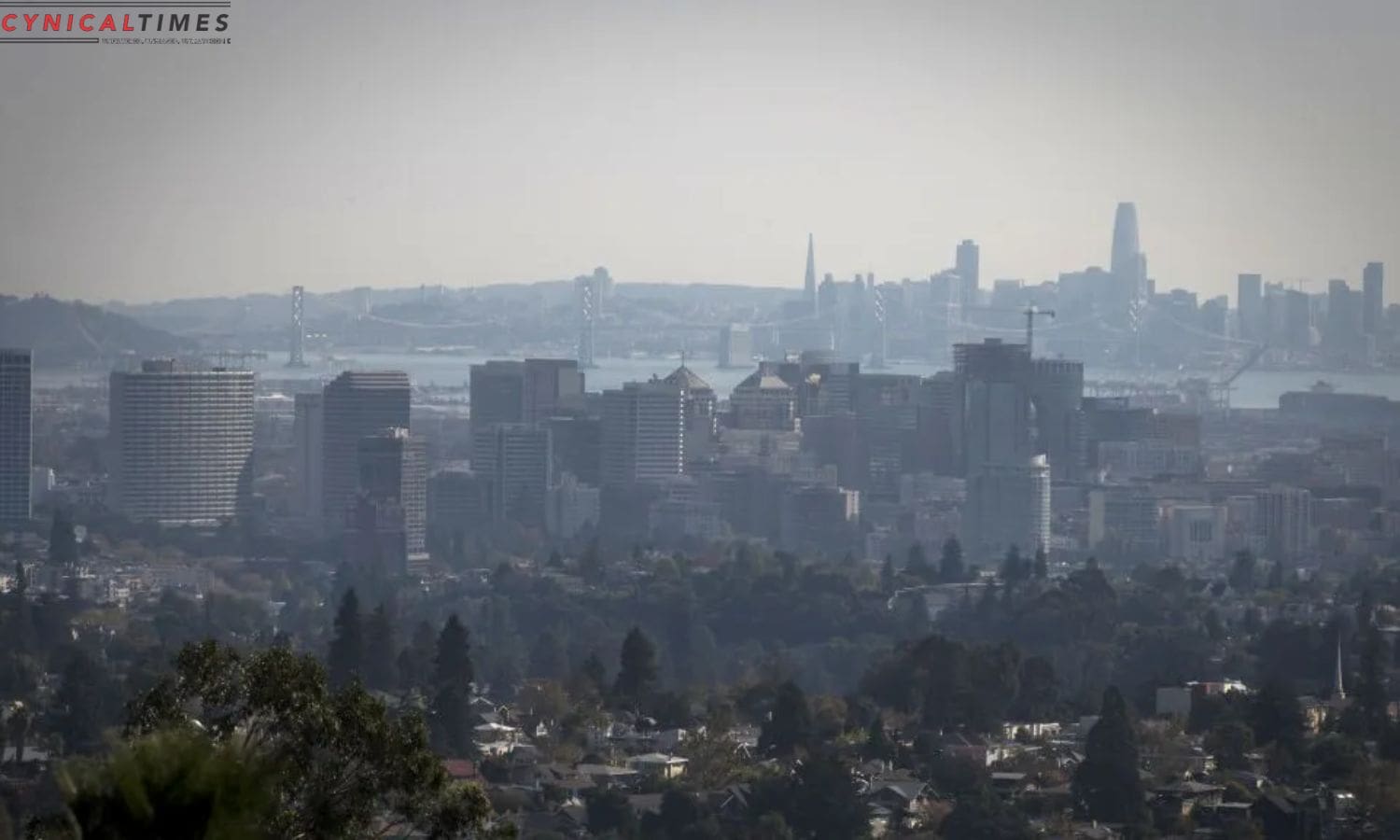Bay Area Winter Air Quality Challenges: On cold winter days in the Bay Area, the call for environmental responsibility takes center stage with the Winter Spare the Air initiative. This program prohibits fireplaces, wood stoves, pellet stoves, and outdoor fire pits. The goal is to reduce air pollution.
Homes that heat entirely with wood stoves or fireplaces are exempt. This recognition of individual circumstances aims to balance environmental concerns with the practical needs of residents.
For those who might be tempted to ignore the restrictions, consequences are in place. First-time violators face the option of enrolling in a wood smoke awareness course or paying a $100 fine. The hope is that education will be a catalyst for change, promoting awareness of the environmental impact of wood-burning practices.
Subsequent violations, though, come with steeper penalties, underlining the seriousness of the issue. The fines increase, serving as a deterrent and emphasizing the importance of adhering to the regulations set forth by the air district.
The stringent measures are not arbitrary; they are rooted in the acknowledgment of the health risks associated with wood smoke. The air district underscores that exposure to wood smoke can be linked to severe respiratory or cardiac problems, with children and older individuals being particularly vulnerable.


Also Read: Silicon Valley Boardroom Divide Latinos Overlooked in Nonprofits
To empower the community to actively participate in ensuring air quality, the air district encourages reporting instances of wood smoke pollution. A hotline, (877) 4NO-BURN, and an online portal at www.baaqmd.gov provide avenues for residents to voice concerns and contribute to maintaining a healthier environment.
Staying informed about air quality alerts is key. Residents can register for email notifications at www.sparetheair.org, call (800) HELP-AIR, download the Spare the Air app, or follow Spare the Air on social media. This multi-faceted approach ensures that individuals receive timely information through channels that suit their preferences.
In essence, the Winter Spare the Air initiative transcends mere regulations; it’s a collective effort to preserve the well-being of the community and the environment. By understanding the reasons behind the restrictions and actively participating in the reporting and awareness initiatives, Bay Area residents play a vital role in shaping a healthier, more sustainable future.
Our Reader’s Queries
What is causing poor air quality in the Bay Area?
The Bay Area’s air district website states that industrial sources, like refineries and power plants, contribute to a portion of the air pollution in the region. However, a larger percentage of harmful air emissions stem from motor vehicles, including cars, trucks, and construction equipment.
Why is AQI worse in winter?
During winter, the air becomes denser and colder, which causes it to move at a slower pace than warm air. This density allows the cold air to trap pollution, making it difficult to whisk away. As a result, air pollution tends to linger in the winter months, leading to higher rates of inhalation compared to the summer. Although the U.S. has taken steps to reduce air pollution, it remains a persistent problem during the colder months.
How winter causes indoor air quality problems?
During the winter months, we tend to seal up our homes to conserve heat, but this can lead to indoor air being two to five times more polluted than outdoor air. Harmful pollutants such as mold, dust, particulate matter, and volatile organic compounds (VOCs) get trapped inside, making it essential to take measures to improve indoor air quality.
Why is air quality bad in ca right now?
California’s air quality is among the worst in the US, and it’s due to a variety of factors. With a population of 39 million, a bustling port industry, and a growing economy, the state produces a significant amount of emissions from sources like traffic, diesel trucks, construction, agriculture, and even everyday activities. These factors all contribute to the state’s unhealthy air quality, which can have serious consequences for public health.

